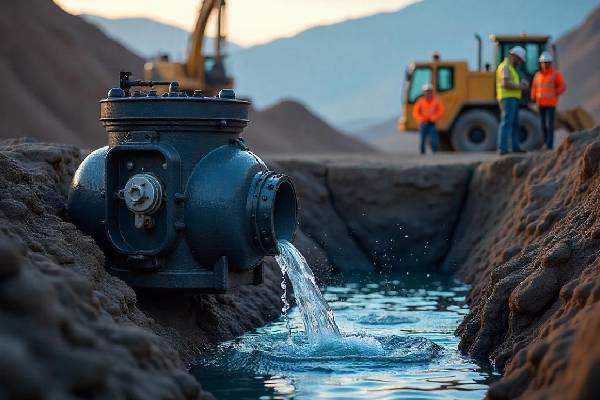When we think of modern marvels that quietly power our daily lives, the submersible water pump rarely makes the list. Yet this underwater workhorse is a crucial component in everything from agriculture to flood control, sewage systems to deep-sea exploration. So what exactly is a submersible water pump—and why should we care?
What Is a Submersible Water Pump?
As the name suggests, a submersible water pump is designed to operate entirely underwater. Unlike traditional pumps, which sit on dry ground and pull water up, submersible pumps are lowered directly into the fluid they’re meant to move. They push water to the surface using internal motorized impellers.
Why Underwater? The Science Behind the Submersion
Operating underwater gives these pumps a huge advantage: they don’t need priming. Gravity helps feed water into the impeller, eliminating the risk of air pockets that often plague surface pumps. Plus, being submerged cools the motor efficiently, reducing overheating and extending lifespan.
Everyday Superpowers: Where You’ll Find Them
You might be surprised at how many places these pumps show up:
- 💧 Wells – Bringing groundwater to the surface for drinking or irrigation
- 🚽 Sewage Systems – Handling the dirtiest jobs without complaints
- 🌊 Flood Response – Rapidly removing water from flooded basements and subways
- 🏗️ Construction Sites – Dewatering muddy trenches
- 🐟 Aquaculture – Keeping fish farms circulating and oxygenated
The Engineering Inside
A submersible pump’s casing must be watertight and corrosion-resistant, often made of stainless steel or thermoplastic. Inside, a sealed motor drives impellers that spin at high speed, converting rotational energy into kinetic force to push water upward through a discharge pipe.
Challenges Beneath the Waves
Operating in harsh environments means submersible pumps face some serious tests:
- High pressure at depth
- Corrosive or gritty water that wears down components
- Electrical insulation to prevent dangerous short circuits
That’s why high-quality pumps are rigorously sealed, often filled with oil or resin to insulate the motor and prevent water intrusion.
The Future: Smarter, Greener, Deeper
Today’s submersible pumps are getting smarter. With IoT integration and real-time monitoring, operators can detect faults before they become failures. Meanwhile, energy-efficient designs are reducing electricity usage in water-scarce regions where every drop (and watt) counts.
Conclusion: A Silent Saviour
They don’t roar like engines or gleam like solar panels, but submersible water pumps keep our cities clean, our fields green, and our homes dry. They work quietly under the surface—just like the best innovations often do.
